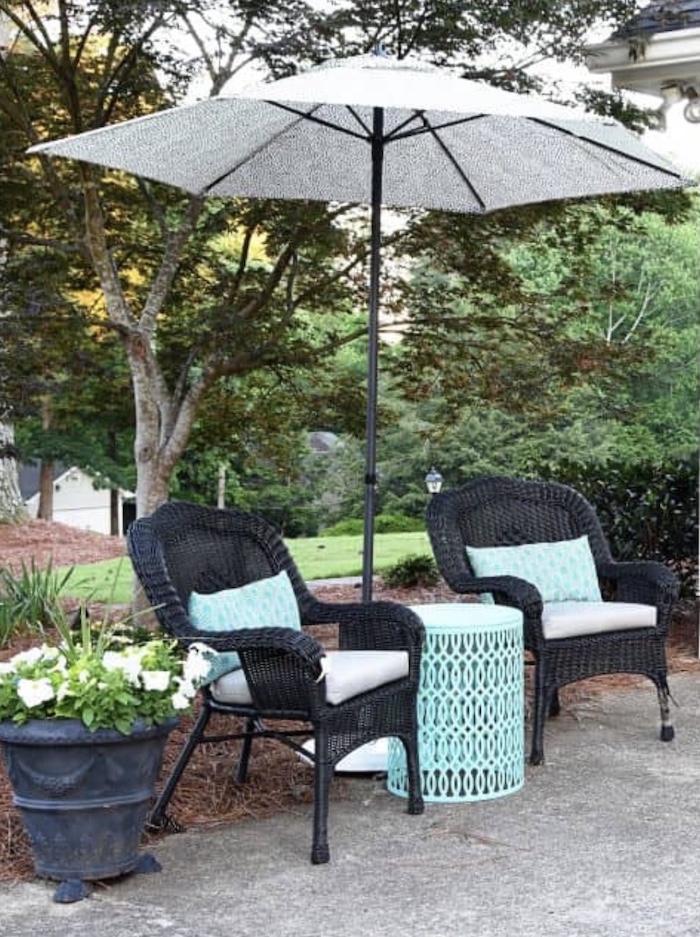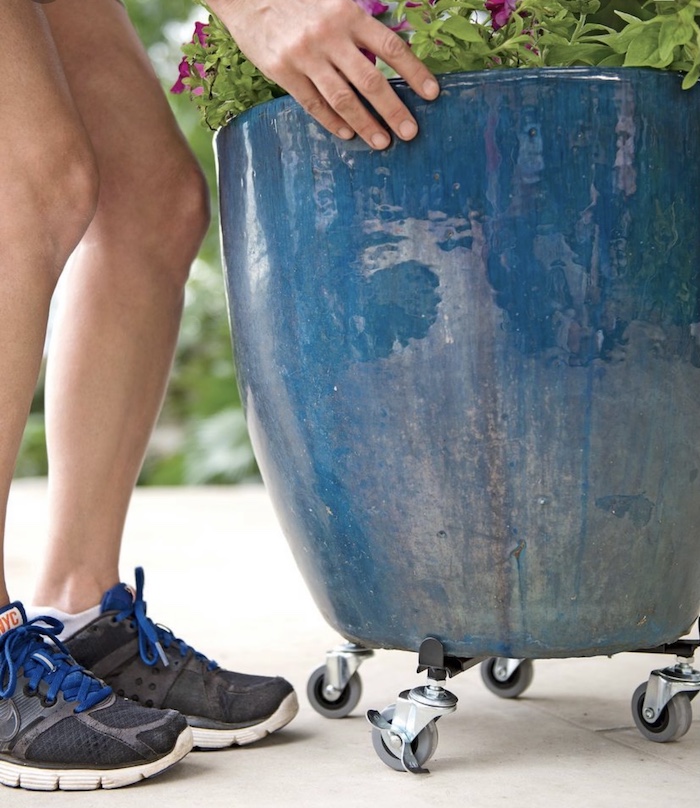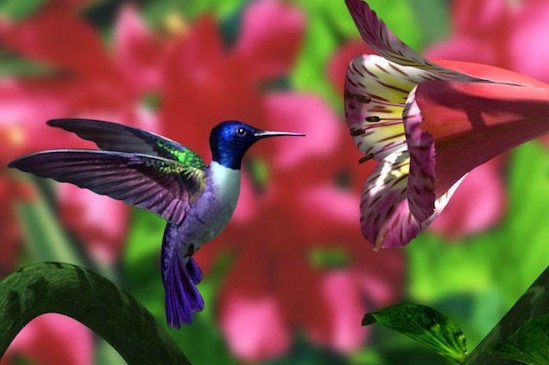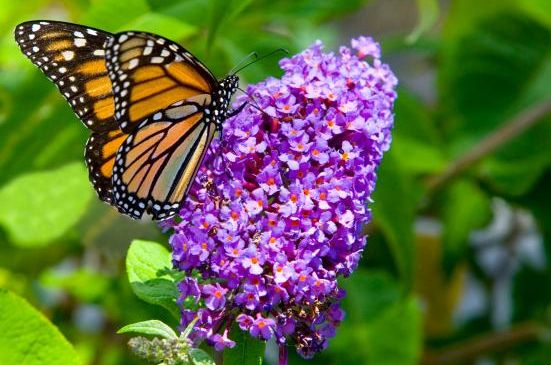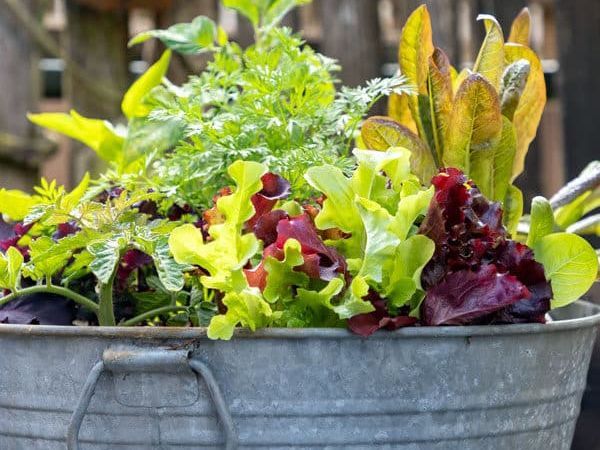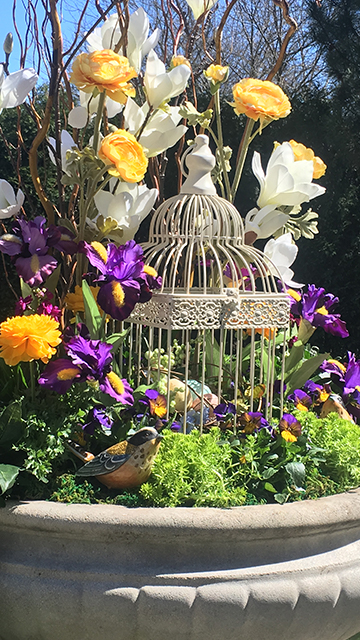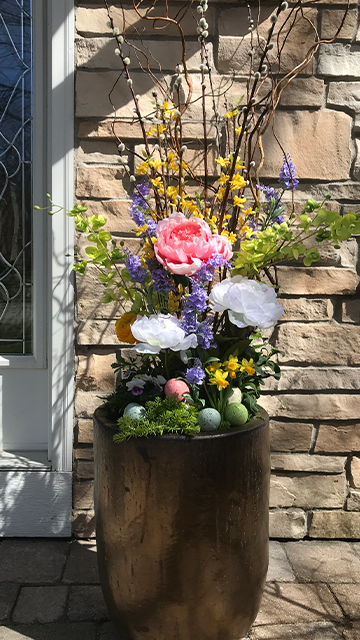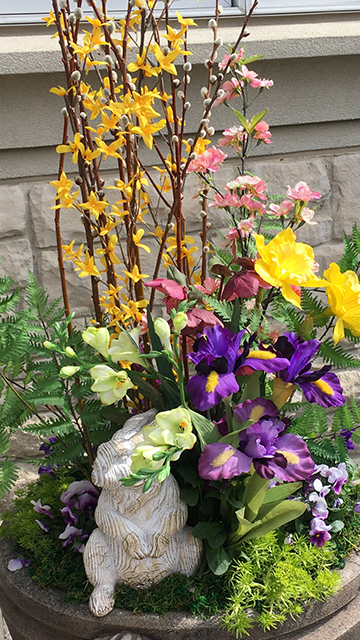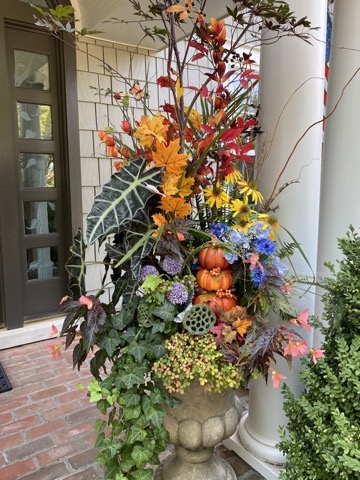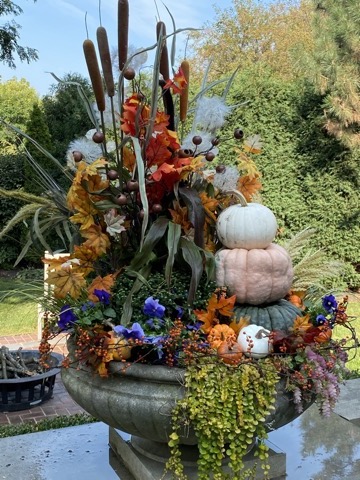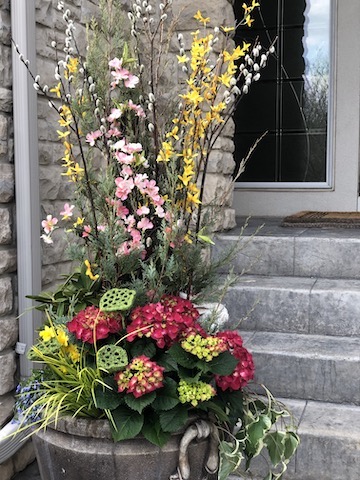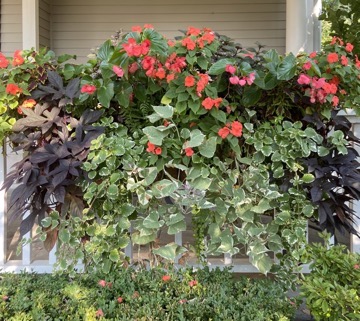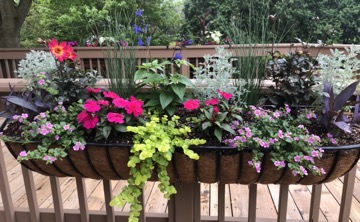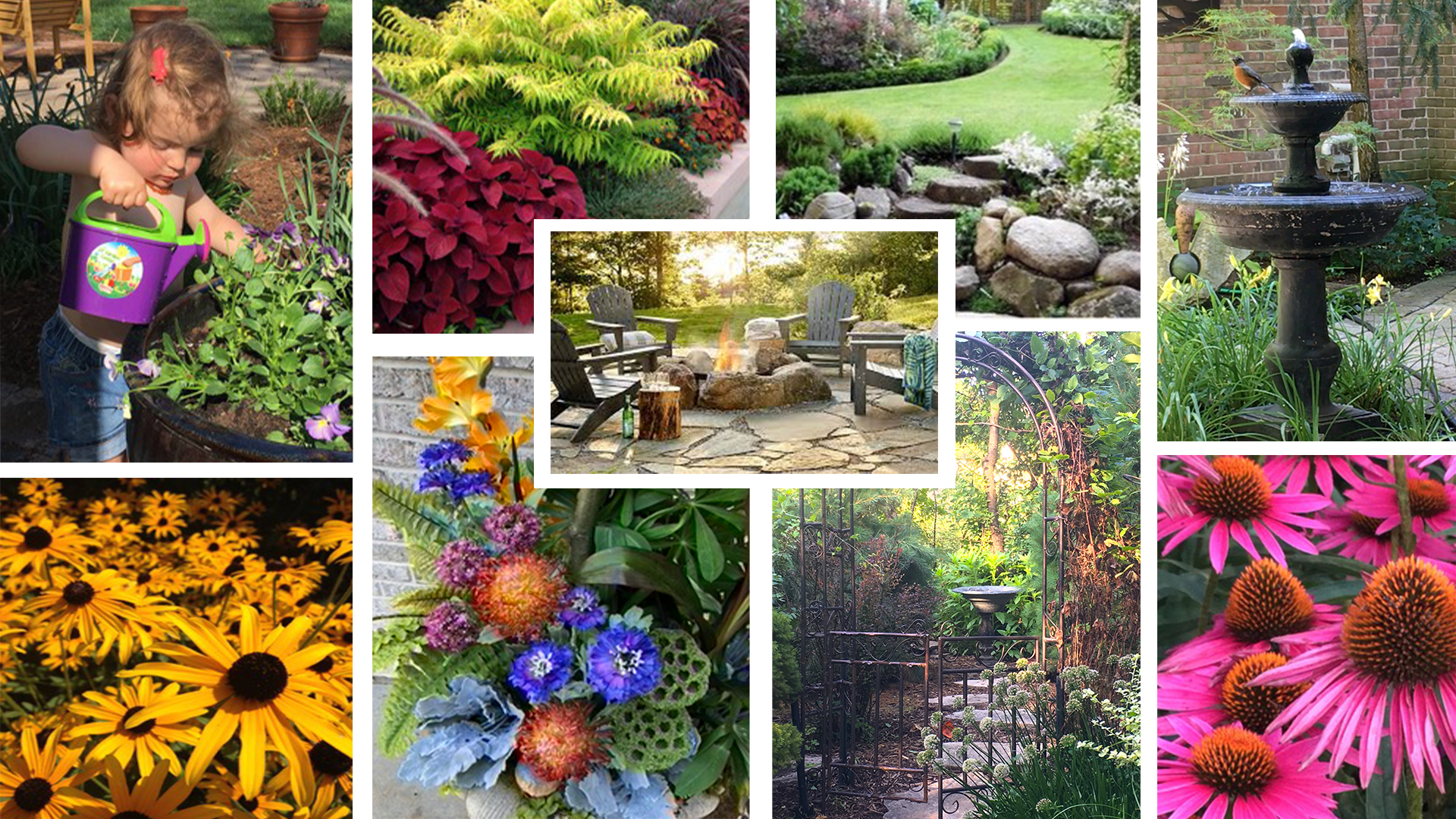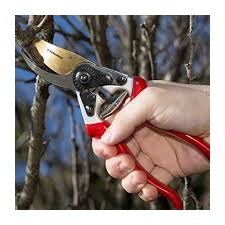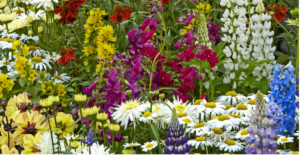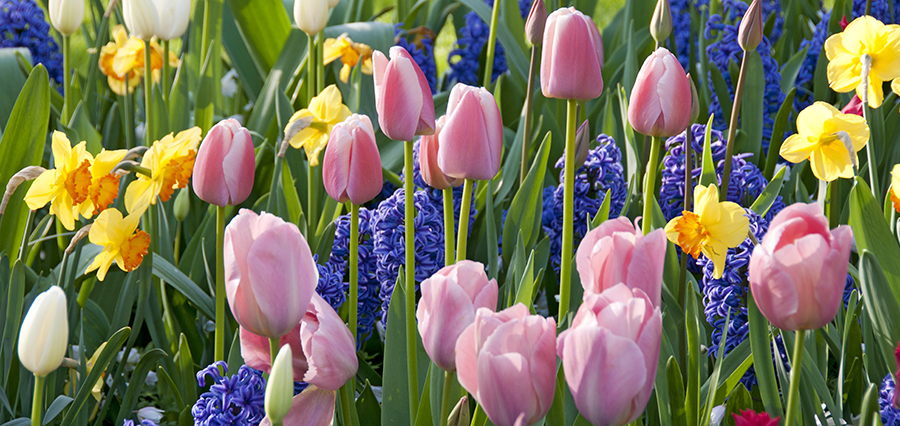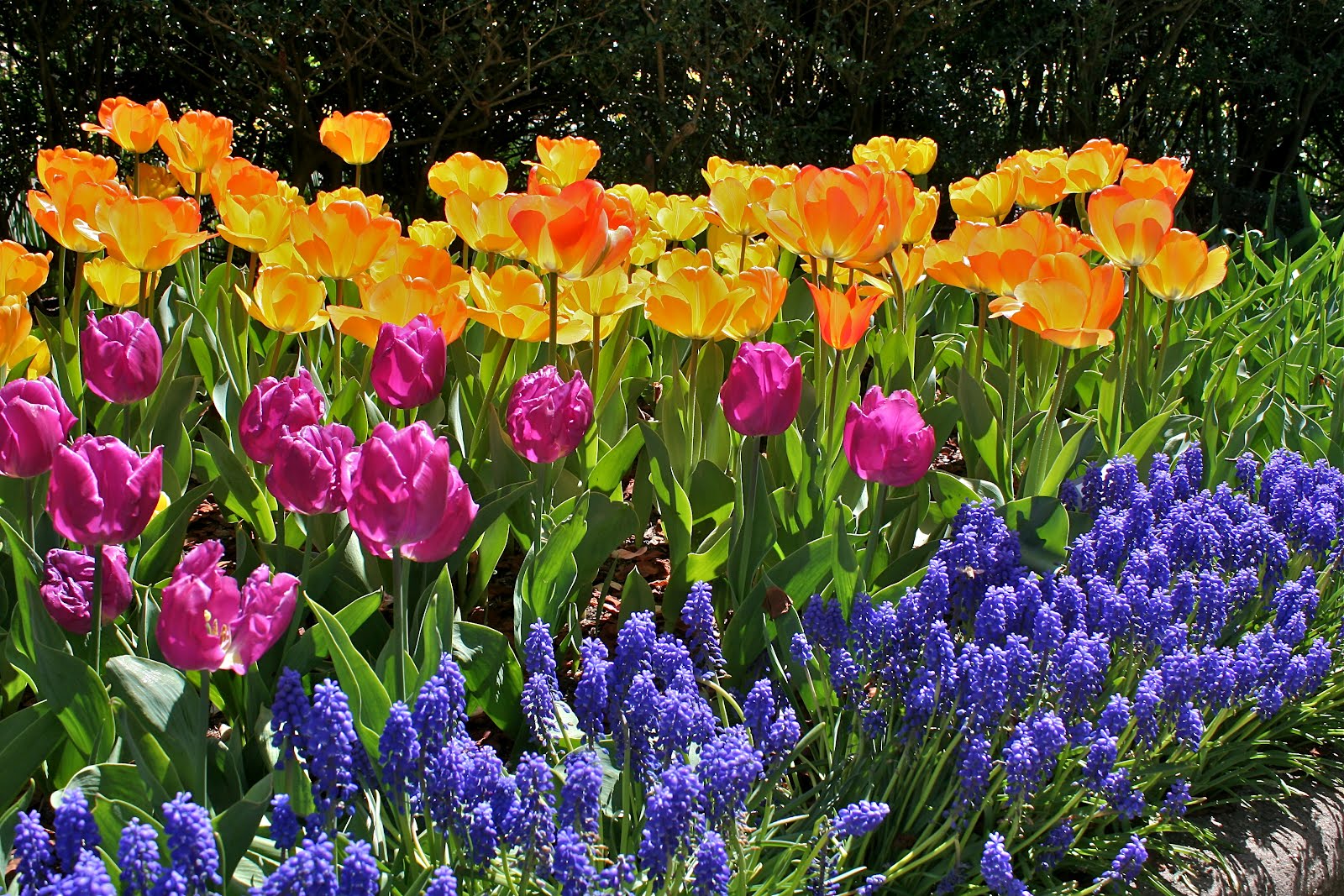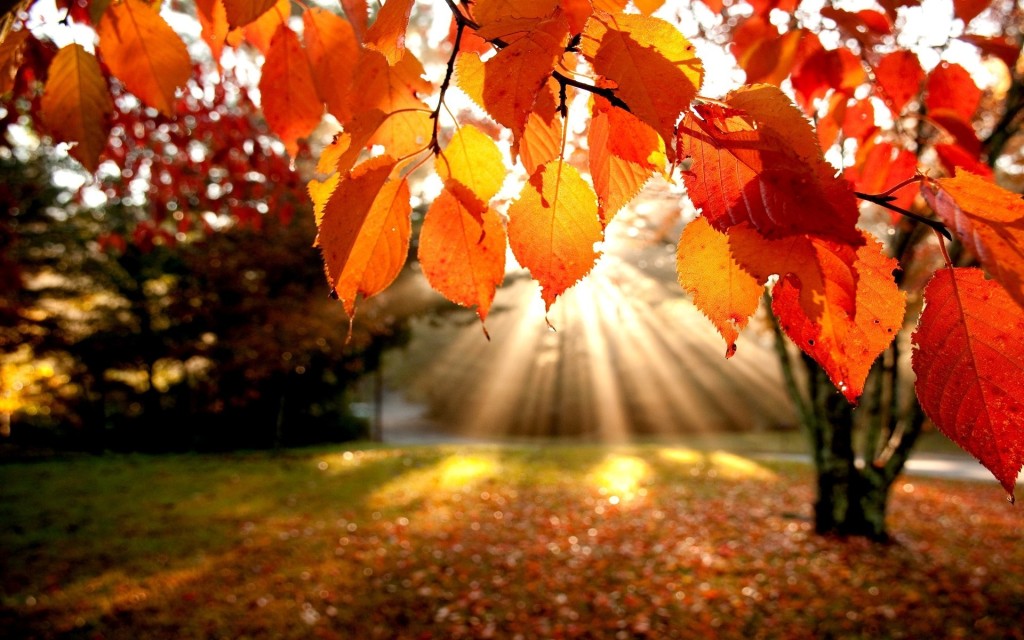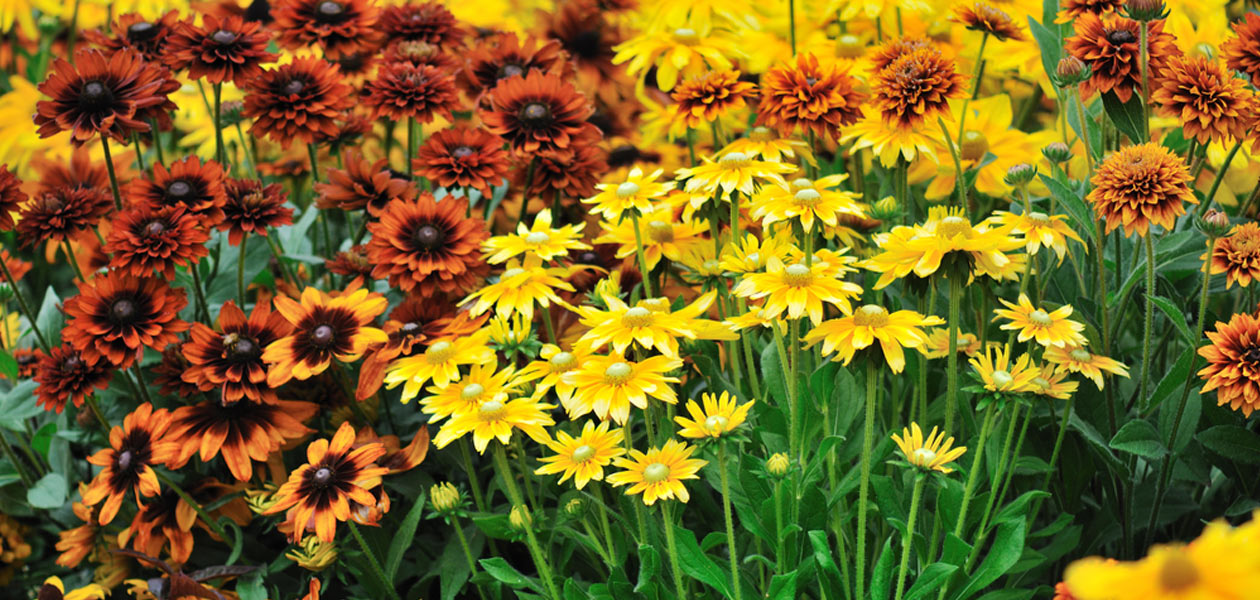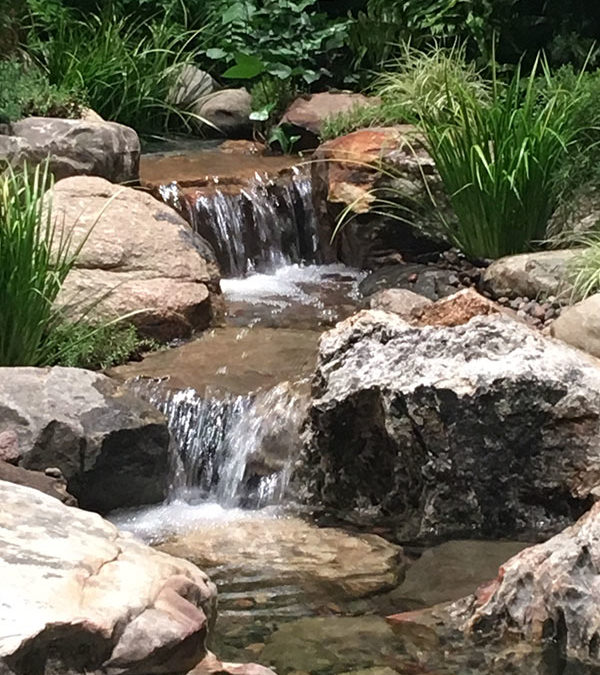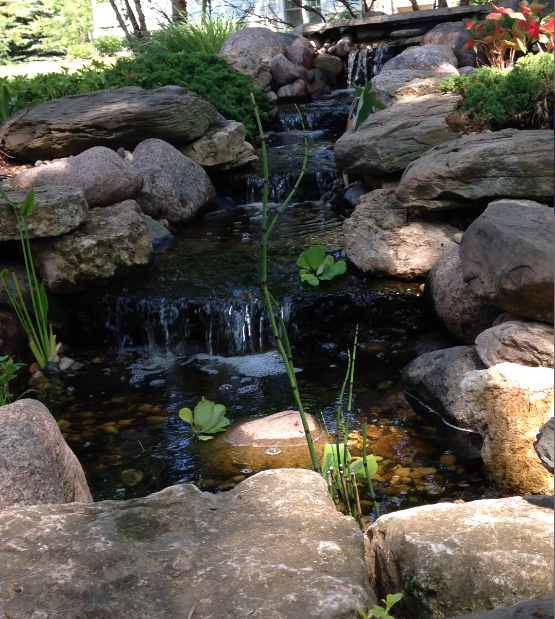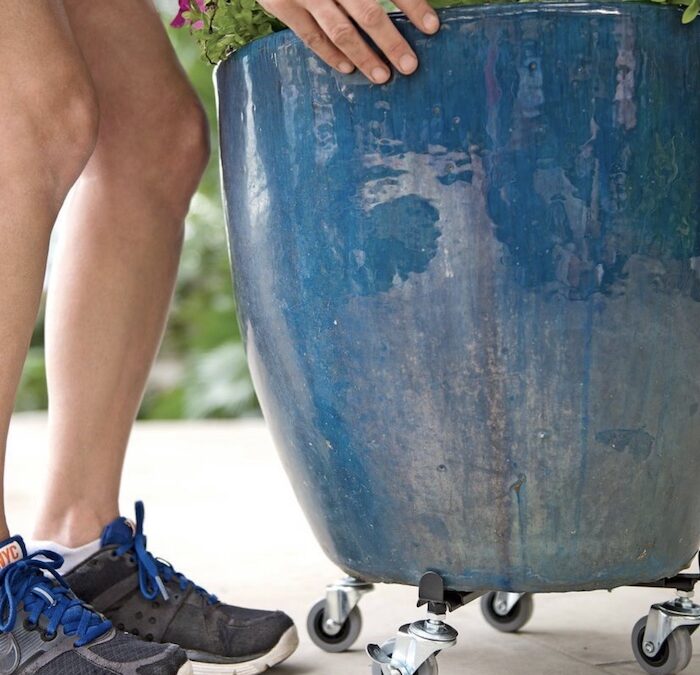
Benefits of Custom Containers
Benefits of Custom Containers
Greetings Everyone,
Plants have an impact on our well-being and our environment. They nourish the soul as well as the body.
If you are new to gardening, containers are a great way to get started. There is no digging in the ground, no weeding and they are super easy to maintain.
If you are limited on space containers are a great option.
Put larger containers on a caddy (wheels) which allows you to create a moveable garden. By adding an outdoor rug and a table, even a driveway can become an inviting space to share with friends and family.
Many flowers that grow in containers attract hummingbirds, butterflies and other pollinators.
You can grow an edible garden with limited space.
IDEAS FOR CREATIVE CUSTOM PLANTERS
Anything that can be grown in the ground can be grown in containers.
This includes edible plants (vegetables, herbs and fruits).
The size of the container and sunlight exposure determine what plants will be ideal for your container.
To personalize your containers and add visual interest, try mixing in dried branches, silk flowers, lights, figurines and other decorations.
We Can Create Custom Containers for you:
Early spring (before Easter)
Spring
Summer
Autumn
Winter/Holiday
Artistically Designed
Our containers are artistically designed to create an original look.
We incorporate a variety of plants and other materials in each planter so the display continues to look spectacular for a longer period of time.
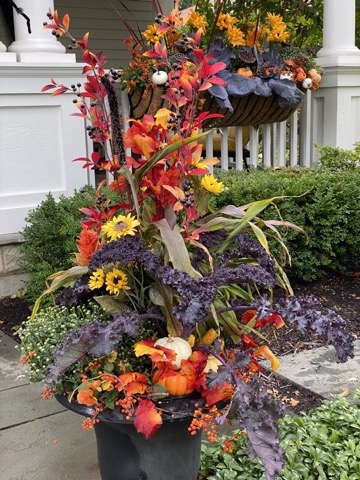
What We Use
Some of the items used in a typical container:
Natural Branches,
Dried Pods & Foliage,
Moss & Decorative Stones
(all collected from Nature)
Live growing plants
Silk florals
Figurines
Lights
“When the demands of modern life threatens to overwhelm us, we can put them aside when we go to work in the garden. And when we do, we learn about ourselves. It’s not as if your problems go away, they just fall into perspective”
–THE SPIRIT OF GARDENING E.VINJE
Add Color And Screening To Your Front Porch
“I LIKE GARDENING—
IT’S A PLACE WHERE I FIND MYSELF WHEN I NEED TO LOSE MYSELF”
–ALICE SEBOLD
Add Color To Your Deck
Enhance Your Balcony
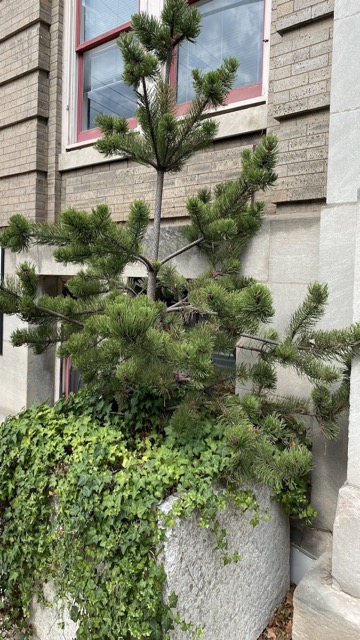
Trees

Edible Plants


